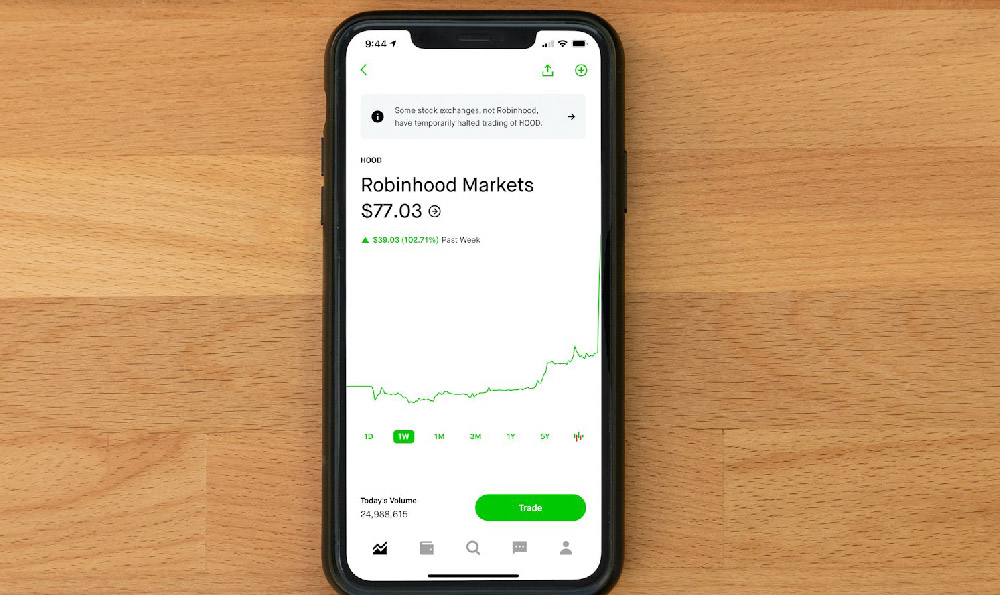Sports teams, often seen as cultural icons and sources of community pride, are also complex businesses operating within a dynamic and competitive marketplace. Their ability to generate substantial revenue is critical for player acquisitions, stadium upgrades, and overall organizational sustainability. Understanding how these teams make money and what constitutes their diverse income streams provides valuable insight into the sports industry's economic engine.
One of the most significant revenue generators for sports teams is broadcasting rights. Television networks, streaming services, and radio stations pay enormous sums for the exclusive rights to broadcast games. The demand for live sports content is exceptionally high, drawing large audiences and attracting advertisers. These broadcasting deals can be national, regional, or even international, significantly impacting the revenue generated depending on the team's popularity and the market size. The revenue from broadcasting rights is often shared among teams within a league, helping to level the playing field and support smaller market teams. However, larger, more popular teams typically benefit from additional revenue streams derived from their high viewership, negotiating favorable deals within the shared revenue framework. The advent of streaming services has further complicated the landscape, introducing new players and shifting the power dynamics in broadcasting negotiations, leading to increasingly lucrative deals for sports leagues and their member teams.
Ticket sales represent another crucial source of revenue. The price of tickets, ranging from affordable general admission to premium luxury seating, is carefully calculated based on factors like team performance, opponent quality, and the overall fan demand. Teams invest heavily in creating an engaging game-day experience to incentivize attendance, including pre-game entertainment, interactive activities, and enhanced stadium amenities. Season tickets, in particular, provide a stable and predictable revenue stream, allowing teams to budget and plan for the future. Moreover, the revenue generated from ticket sales extends beyond the face value of the tickets themselves. Concessions, merchandise sales within the stadium, and parking fees all contribute significantly to the overall revenue generated on game days. The location of the stadium also plays a vital role; stadiums situated in densely populated areas with convenient access to public transportation tend to attract larger crowds and generate more revenue.

Sponsorships and endorsements contribute a substantial portion to a team's bottom line. Companies pay teams to associate their brand with the team’s image, players, and overall fan base. These sponsorships can take various forms, including stadium naming rights, jersey sponsorships, advertising on scoreboards and other in-stadium signage, and promotional partnerships. Teams actively seek out sponsors that align with their values and target audience, creating mutually beneficial relationships that enhance brand awareness for both parties. Individual player endorsements are also a significant source of revenue, particularly for star athletes. These endorsements can range from apparel and equipment deals to advertising campaigns and product endorsements. The popularity and marketability of a player directly influence their endorsement value, making them a valuable asset for both the team and the brands they represent. The digital age has further expanded sponsorship opportunities, allowing teams to leverage their online presence and social media following to connect with sponsors and engage with fans in innovative ways.
Merchandise sales are yet another important income stream. Replicas of jerseys, team-branded apparel, hats, and other souvenirs are popular among fans who want to show their support. Teams carefully manage their merchandise offerings to ensure quality and authenticity, protecting their brand image and preventing counterfeiting. The official team store, both online and in physical locations, serves as a primary distribution channel for merchandise. The revenue from merchandise sales is often shared with the league, but teams still retain a significant portion, particularly from sales of player-specific merchandise. The success of a team on the field directly impacts merchandise sales; winning seasons and star players tend to drive higher demand for team-branded products. In addition, special edition merchandise, such as commemorative items for significant milestones or partnerships with popular brands, can further boost sales.
Beyond these core revenue streams, sports teams also explore other avenues for income generation. These may include hosting special events at their stadiums, such as concerts or corporate gatherings, renting out training facilities to other organizations, or investing in real estate development around the stadium. Some teams even operate their own youth sports academies, generating revenue through program fees and developing future talent. The specific strategies employed by each team will vary depending on their market, resources, and overall business strategy.
The financial health of a sports team is directly tied to its ability to generate revenue from these diverse income streams. Effective management, strategic partnerships, and a strong commitment to fan engagement are essential for maximizing revenue potential and ensuring long-term success. The competitive nature of the sports industry demands that teams continually innovate and adapt to changing market conditions, exploring new revenue opportunities and optimizing existing ones. As the landscape of sports media and entertainment continues to evolve, teams must remain agile and embrace new technologies to stay ahead of the game and maintain their financial stability.











